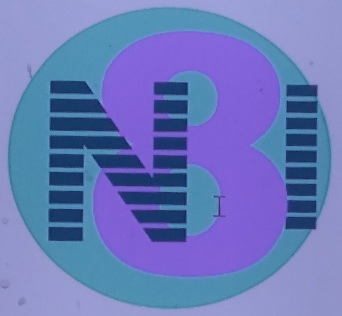- Interlocking roofing solar cell tile Hexagonal shape. (Replacement for standard roof as more decorative as well as eliminating separate solar system) Problem solved is to create a visually pleasing, strong roof that will effectively harness power. It eliminates panel systems that are added after the fact on roofs and thereby lessen cost and increase safety.
Below is a list of related information in abbreviated format:
-
Can include cooling circuit, and harness heat
- Conversely can serve as a coolant condenser at night.
-
Edge pieces can be inert pieces with no active parts for cleaning, maintenance
- Includes accessible area to clean and do snow removal if desired
-
Could include roll down protective membrane if all vents were clear of pathway
- This should be the case since the roof is designed for solar
-
Lower cost by not having to install a sub roof
- Possible integration of heat capture or radiator as part of an integrated system
- The seals must be well designed and allow for all weather conditions, and expansion. Current plan is 3 up and 3 down to lock
- Specially designed cells could allow use on a doughnut shaped structure, such as gravity doughnut. Similar shaped panels that are clear could be used to grow plants in a structure that maintains gravity in space applications. IE center of doughnut clear with root structure to outside and it can be easily reinforced for strength.
- The customers include zero energy balance structures, where utility costs are high/unreliable, and those who want to use solar cells that do not detract from the structure/environment
-
Elevated solar and integrate farming (Serves as plant protection while gathering energy) Problem solved is to allow dual use of land. The solar protection will allow better use of land agriculturally in some cases by protecting plants from to much solar radiation.
-
Install solar/harvest structures at an elevated level that allows continued use of the land in the shade area.
- Opaque panels tuned to use light not needed by plants would add to the benefit
- The support foundations spaced in a manner such that needed management equipment can easily traverse on ground with sufficient ground clearance.
- Allow the solar panels to rotate on an axis to allow easy weather adaptations such as go vertical during heavy snow and to align with wind during high wind event.
- Configure physical grid to allow enough light for desired plants.
- Shade will provide some water savings to plants growing below and panels can go vertical at night when a good amount of dew would hit plants
- At edges utilize adequate guys to stabilize the grid pattern and intertie all poles witch will allow support for power lines without need to bury then.
- From air the system will look similar to a well organized tree farm if octagonal cells are used in the system
-
Install solar/harvest structures at an elevated level that allows continued use of the land in the shade area.

Leave a Reply